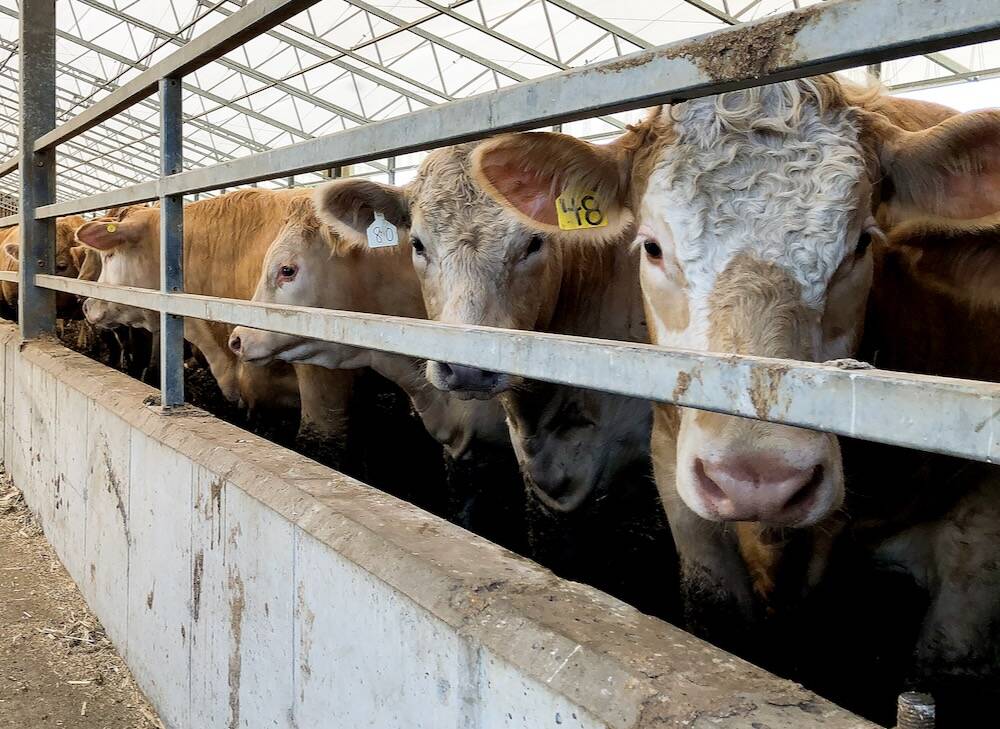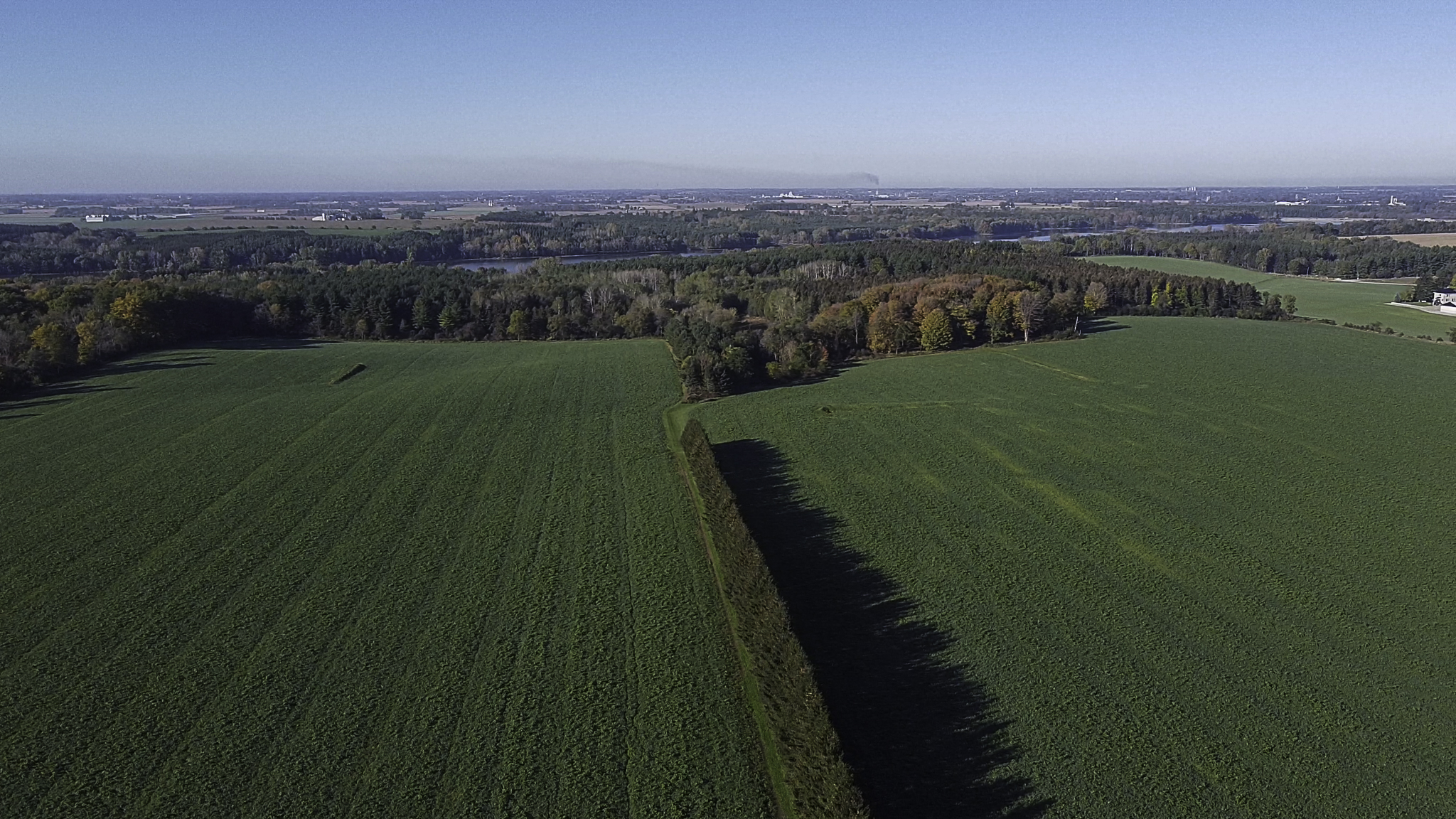McDonald’s to pay farmers for feed efficient Enogen corn use

A partnership between McDonald’s and Syngenta will pay beef producers to use corn that will improve the feed efficiency of cattle.
Read Also


New phosphorus reduction program receives $17.41 million from Canada Water Agency
A new funding program is available for landowners looking to introduce or expand agricultural best management practices (BMPs) on their…
Syngenta’s Enogen trait produces corn that contains more alpha-amylase enzyme which makes the breakdown of starch to sugars more efficient. Enogen corn feed is about five per cent more feed efficient than corn without the trait.
Why it matters: Programs to reward farmers for greenhouse gas-related improvements have been challenging as many don’t include direct payments.
Reducing the need for feed means fewer methane emissions, which is attractive to companies like McDonald’s which aim to show they’re reducing carbon emissions in their supply chain.
The program will start first in the United States, but Dan Wright, who leads the Enogen business in North America and seeds in Canada for Syngenta, says bringing the program called Feed Forward to Canada is a priority.
“There’s a lot of beef and dairy in Canada and expanding the Feed Forward program into Canada is something we’re really active on to make happen,” he says.
Farmers will receive a direct payment from Syngenta for four cents per head per day for each animal on the feed. In return for the payment, McDonald’s owns the carbon intensity offset asset.
Producers also have to commit to feeding Enogen corn at 50 per cent of the starch in the cattle’s ration on a dry matter basis. The corn can be in any form it’s usually fed on a farm, including silage, high moisture corn or grain corn. Enogen is approved for food and feed use in North America, but it is kept from the food stream as the composition is different than most corn. It’s also used in ethanol.
To qualify for the payment, farmers have to file a feeding report, a closeout report and an invoice that shows the proof of purchase for seed, all managed by a stewardship contract. There’s also a requirement for verification.
Wright says trials have been underway for three years on the project to fine-tune reporting and operational requirements.
“I think we’ve got to a pretty good space,” he says.
The data provided to Syngenta is aggregated and anonymous when it’s sent to McDonald’s and the payment is made directly from Syngenta to the farm. Avoiding more players in the process and keeping it efficient was part of the testing period and a priority, says Wright.
McDonald’s, which also has its U.S. meat processor Lopez Foods in the project as a partner, says that for 1,000 head of beef cattle on feed it expects per year:
- 178 tonnes CO2e in greenhouse gas reduction
- a 69-acre reduction (28 hectares) in land use for growing feed
- a reduction of 22 million litres of water used
- 231,000 kilowatt-hours energy savings
The partnership with McDonald’s runs to 2030, says Wright, and he expects it to grow over years, like the adoption of any new technology. McDonald’s has set a target of offsetting 64,000 tonnes of carbon dioxide equivalent per year.
He says there are discussions ongoing with other consumer packaged goods companies. To start, the payments only cover beef and dairy beef production, but there could be dairy opportunities in the future.
Source: Farmtario.com

